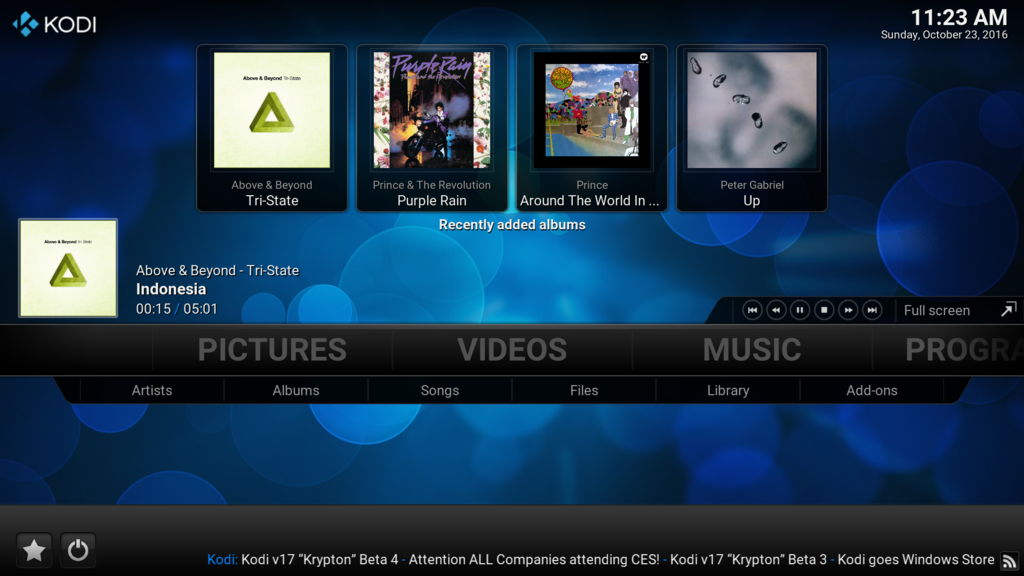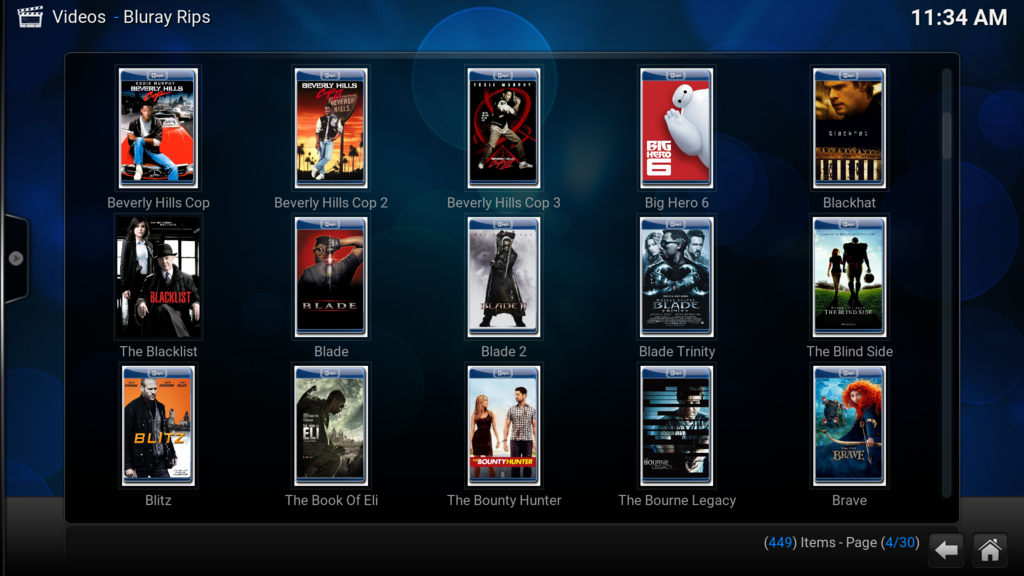NoOther
Supreme [H]ardness
- Joined
- May 14, 2008
- Messages
- 6,468
Well it's true I've been using linux for only about 6 years. I have however managed to migrate several people from windows to full time linux users. How many have you?
First off, I don't 'convert' people over. I suggest what may work better for them under their circumstances. I have been a major proponent for switching to Linux based systems for enterprises for decades. I have only suggested it to a couple thousand that I know of directly who switched. But please, tell your story again.
![[H]ard|Forum](/styles/hardforum/xenforo/logo_dark.png)

